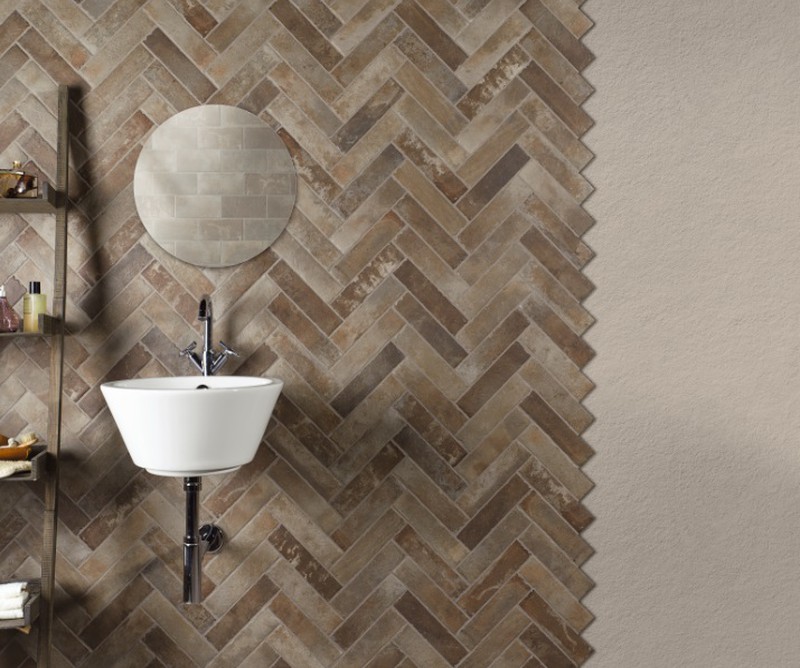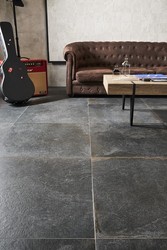How to remodel a small bathroom to make it look bigger
Remodeling a small bathroom can optimize the available space and improve its functionality. Implementing certain design and layout strategies helps create a sense of spaciousness in a limited area. Colors, lighting, and furniture are key aspects in this process. With good planning and choice of elements, it is possible to transform a small bathroom into a more welcoming and functional place.
Space Analysis and Planning
Space analysis and planning are essential to optimize a small bathroom. Through a thorough evaluation, opportunities and limitations can be identified, facilitating an effective and practical renovation.
Dimensional Assessment
The first step is to correctly measure the dimensions of the bathroom. This includes the length, width, and heightof the available space. Measuring each component, such as the sink, toilet, and shower, helps to have a clear vision of the usable area. Accurate measurements ensure that the new elements fit properly without affecting the functionality of the bathroom.
Identifying Key Elements
Once measurements have been taken, it is essential to identify the key elements that occupy the space. This includes:
Sanitary fixtures: sink, toilet, shower or bathtub.
Accessories: towel racks, shelves, and hooks.
Other elements: radiators and storage furniture.
Evaluating the current layout of these components allows you to prioritize changes and removals that can free up space. Storage and daily use needs that affect the layout of elements should also be considered.
Minimum Measurements and Ideal Layout
It is important to know the minimum measurements required for the installation of sanitary fixtures and furniture. For example, the minimum distance between the toilet and the side walls should be at least 30 cm to ensure comfort and accessibility. The same applies to the sink, which should allow adequate space for movement.
The ideal layout can vary depending on the shape of the bathroom. It is generally suggested to:
In elongated bathrooms, place the sink and toilet in line to optimize space.
In square bathrooms, consider an “L” layout to facilitate access to the different elements.
Making a simple plan with the location of the elements and their measurements will help visualize the final result. This exercise favors the planning of a renovation that makes the most of the available dimensions.
Interior Design to Maximize Space
Interior design plays a fundamental role in the perception of space in a small bathroom. Below are various strategies to make the environment more spacious and comfortable.
Light Colors for Spaciousness
The choice of colors in a bathroom can transform the atmosphere. Opting for light tones is a great way to create a feeling of spaciousness and lightness.
Using White
White is king in small spaces. This shade reflects light effectively, which helps make the bathroom feel more open. Painting walls and ceilings white or covering the walls with white tiles creates visual continuity that amplifies the perception of space.
Light Color Combinations
Combining white with other light colors, such as beige or light gray, can help add dimension without sacrificing lightness. Using a pair of coordinating shades provides a chic and cozy look.
Mirror Tips
Mirrors are essential elements to increase the feeling of space. Their ability to reflect light and create optical illusions gives them an important value in the design of a small bathroom.
Strategic Placement
Positioning bathroom mirrors to capture natural light, or to reflect other illuminated areas, maximises their effect. Placing them at appropriate heights and in key locations can transform the environment.
Using Large Mirrors
A large frameless mirror, taking up virtually the entire wall, can be a powerful visual aid. This technique not only increases the perception of size, it also adds a modern touch to the design.
Selecting lightweight, light-reflecting materials contributes to the feeling of space. Glossy wall coverings can reflect light, creating an open and welcoming effect.
Choosing the right furniture in a small bathroom is key to maximising space and ensuring functionality. Opting for compact, functional pieces can make a big difference to the perception of spaciousness.
Choosing Functional Furniture
Wall-Mounted and Compact Furniture
Wall-mounted bathroom furniture is ideal for small spaces, as it allows the floor to be visible, creating a feeling of greater space. When selecting furniture, it is important to look for compact options that do not visually overwhelm. Wall-mounted furniture offers a practical solution, allowing for agile cleaning and a lighter design.
Under-Sink Furniture
The under-sink furniture is essential for optimizing storage space in the bathroom. Choosing a design that makes the most of the available area is crucial to maintaining order and easy access to necessary items.
- Storage Options
- Built-in shelves: Provide extra space without taking up much volume.
- Drawers: Allow you to organize everyday products, avoiding clutter.
- Additional Space: Some models include areas to place baskets or containers.
Cabinet and Shelving
Incorporating cabinets and shelving into your bathroom design is a great way to maximize storage. These elements allow you to take advantage of the available space without making the room feel overloaded.
Taking Advantage of Vertical Space
Installing tall shelves and cabinets that go all the way to the ceiling can help free up floor space, thus keeping the bathroom more uncluttered. This strategy is especially useful in bathrooms that lack horizontal surface area.
Bathroom Equipment
Replacing a Bathtub with a Shower Tray
Replacing a bathtub with a shower tray is one of the most effective decisions when renovating a small bathroom. This change not only frees up space, but also makes access easier, especially in a small space. Shower trays come in various styles and sizes, allowing them to be adapted to the specific dimensions of the bathroom.
- Facilitates mobility and accessibility.
- Less cleaning and maintenance time.
- Variety of designs to complement the decoration.
Installation of Transparent Screens
Using transparent glass screens in the shower area creates a feeling of visual continuity.This type of screen prevents the feeling of dividing the space, which in turn allows light to flow better. Opting for frameless models can offer a more modern and light aesthetic, resulting in a much larger environment.
- Reinforces the luminosity of the bathroom.
- Easy maintenance and cleaning.
- Variety of designs to suit every style.
Lighting and Ventilation
Lighting and ventilation are key factors in the perception of space in a small bathroom. Good planning in these aspects can make the environment feel more spacious and welcoming.
Maximize Natural Light
Natural light is essential to create a bright and spacious atmosphere. Enhancing its entrance can completely transform the experience in a small bathroom.
Window Optimization
If the bathroom has a window, it is essential not to obstruct it with furniture or accessories. Keeping the area around the window clear facilitates the passage of light. Consider the possibility of using a light frame, which favors light.
Strategic Artificial Lighting
When natural light is not enough, artificial lighting must be carefully designed. A proper combination of different light sources can visually open up the space.
Lighting Behind Mirrors
Placing lights behind mirrors is a clever trick that not only illuminates the space, but also helps to visually enlarge the bathroom. This technique creates a welcoming atmosphere, promoting uniform luminosity that avoids dark spots.
Whether you need new ideas for renovating a small bathroom or you want a custom quote, you can contact the Azulejos por team through our WhatsApp.
< /p>






Our customers trust us
Opinions of our clients
Receive our news